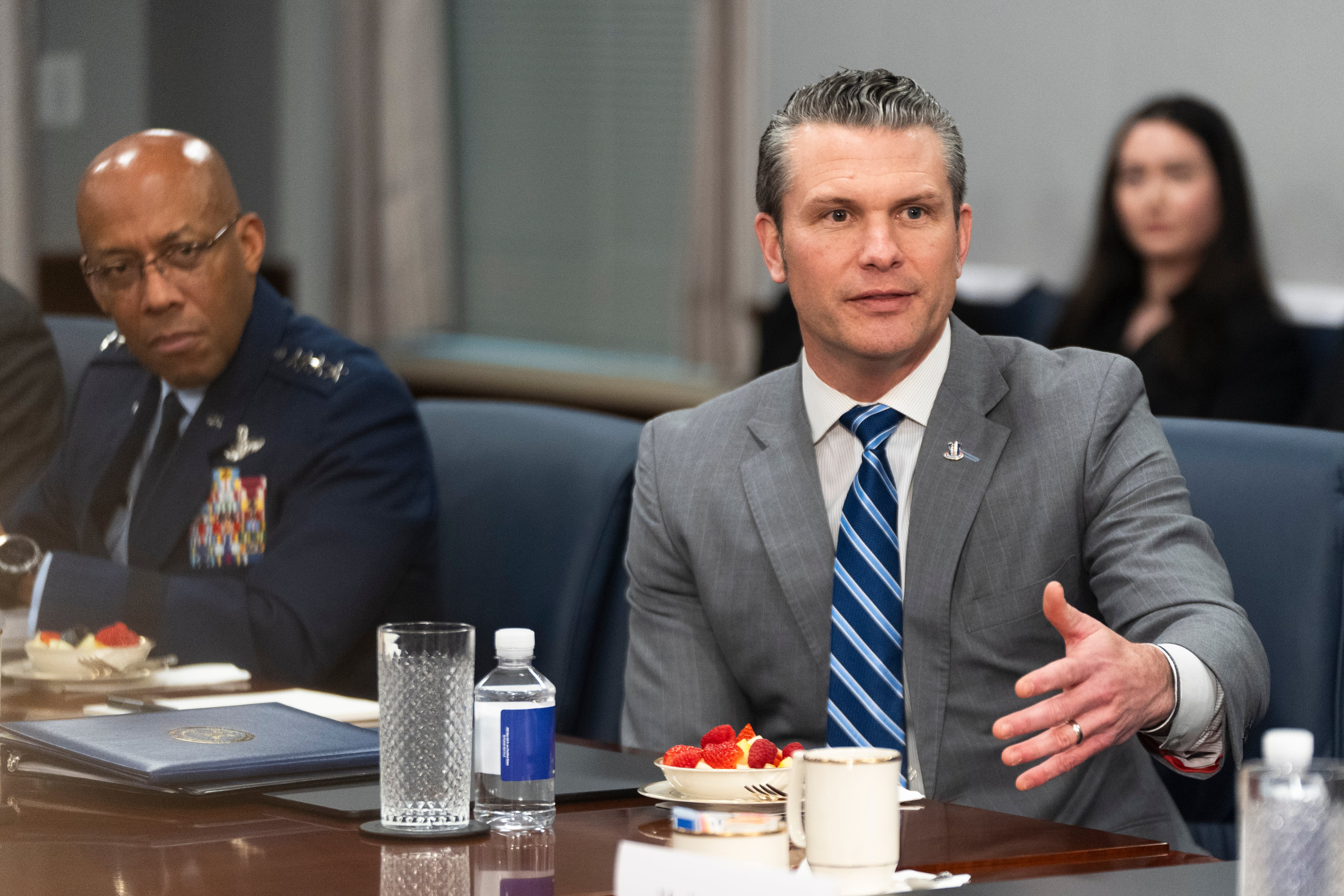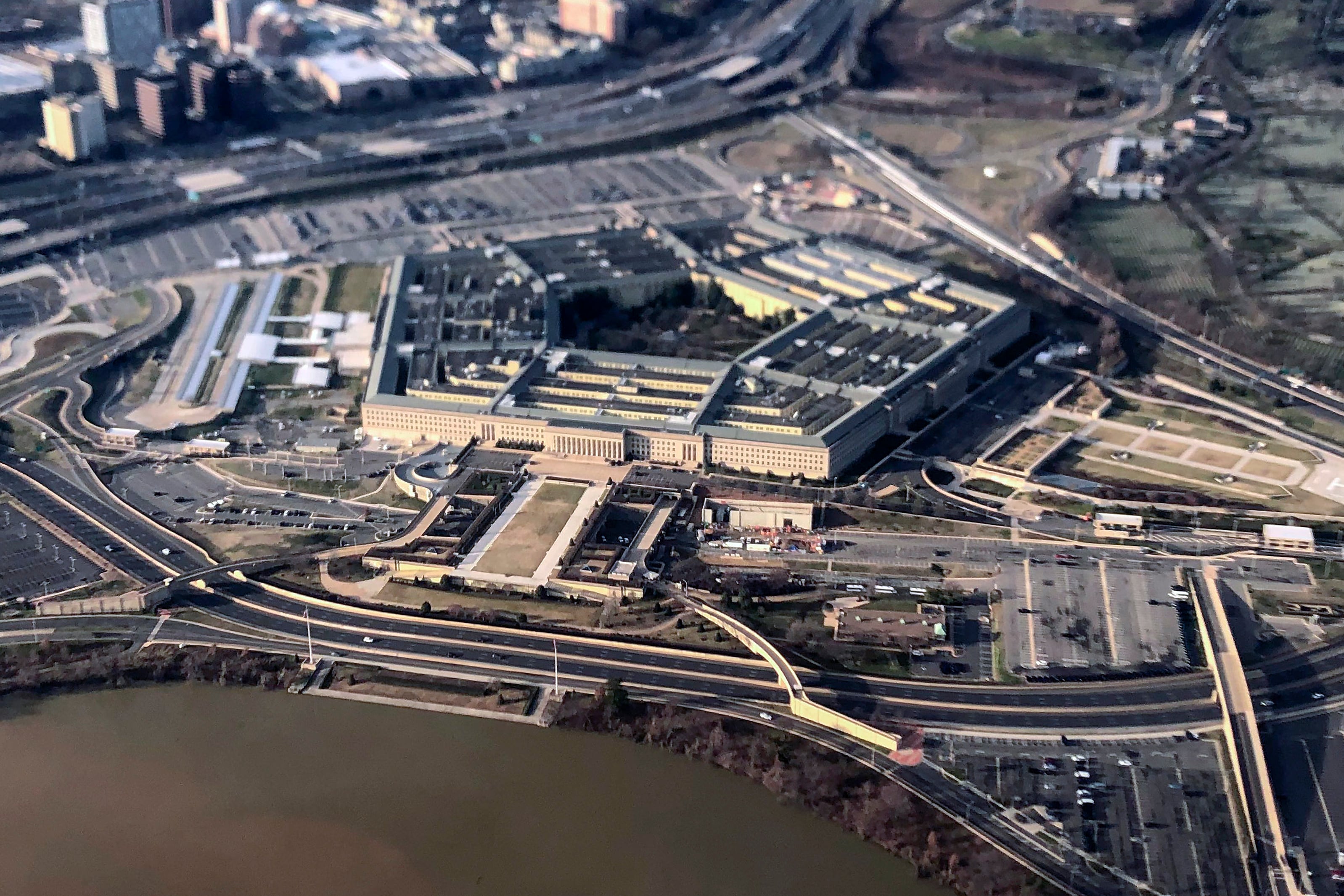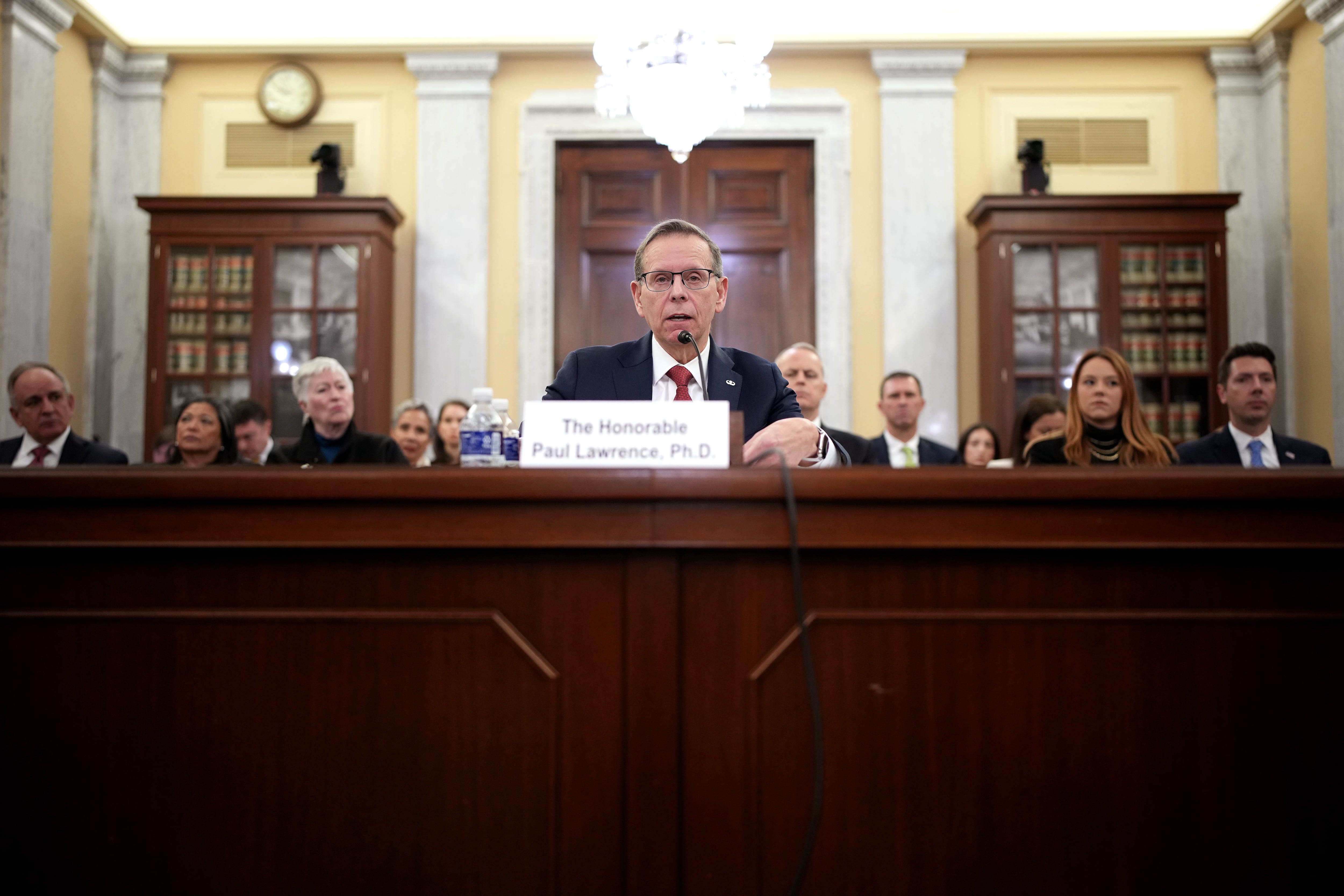WASHINGTON — A $1.6 billion defensive ring around Guam. Millions in new military funding for partner nations. A billion dollars for increased stockpiles of long-range weapons.
These are just some of the investments on a $20 billion wish list quietly submitted to Congress in recent weeks by U.S. Indo-Pacific Command head Adm. Phil Davidson and obtained by Defense News. The wish list was specifically requested by members of Congress who are eyeing it as the basis for a new Pacific-focused pot of money to deter Chinese military action in the region.
In the fiscal 2020 National Defense Authorization Act, Congress inserted language in Section 1253 requiring INDOPACOM to deliver by mid-March of this year a report detailing what the combatant command needs to fulfill the National Defense Strategy and maintain an edge over China.
The report included questions of force structure, security cooperation in the region and required infrastructure investments. Notably, that report was to come directly from Davidson and not through the Department of Defense — specifically to get a more unvarnished view of what the commander would like to have.
The report serves as the rollout of a new strategy, which Davidson appears to have branded as “Regain the Advantage.”
“Regain the Advantage is designed to persuade potential adversaries that any preemptive military action will be extremely costly and likely fail by projecting credible combat power at the time of crisis, and provides the President and Secretary of Defense with several flexible deterrent options to include full OPLAN [operation plan] execution, if it becomes necessary,” Davidson wrote.
But regaining that advantage won’t come cheap: The report comes with a request for $1.6 billion in additional funding suggestions for FY21 above what the Pentagon put in its February budget request, followed by a request for $18.46 billion from FY22-FY26 — a total that exceeds $20 billion in additional funds for the region, spread over a six-year period.
“This investment plan represents less than 1% of the DoD’s total obligation authority over the FYDP and provides the necessary resources to implement a strategy of deterrence by 2026,” Davidson stated in the unclassified executive summary.
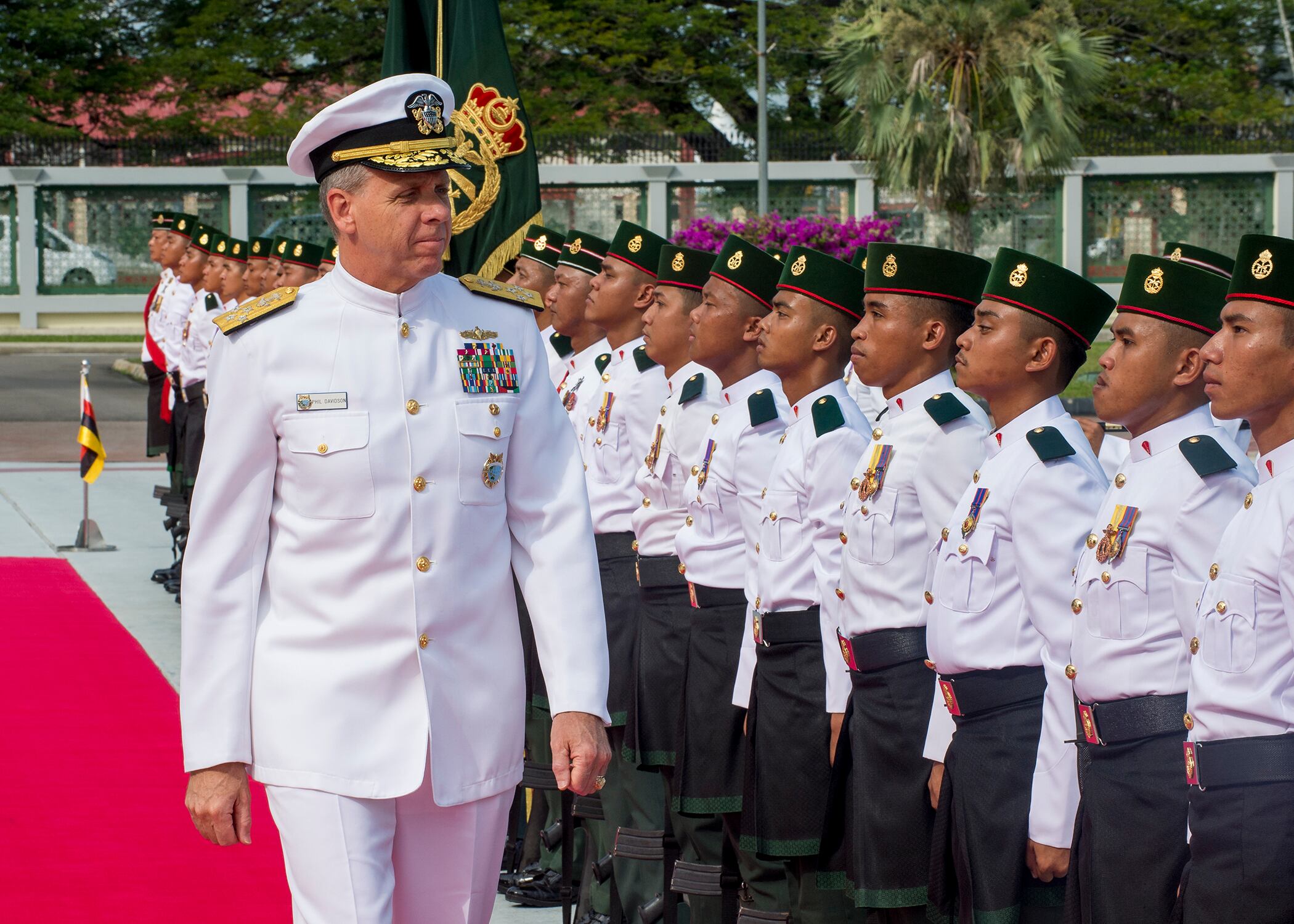
A new Pacific fund
The report could provide a basis for the idea of a Pacific version of the European Deterrence Initiative, a special DoD fund for projects focused on deterring Russia from aggression in Europe. A Pacific Deterrence Initiative, or PDI, would be focused on dealing with China in the INDOPACOM region.
It’s an idea that has been circulating for several years but has steadily increased in popularity among congressional defense hawks. (Of note, Davidson directly compares the “Regain the Advantage" plan with the costs of the European Deterrence Initiative, or EDI, for which the Pentagon requested $4.5 billion in FY21.)
In a recent op-ed, Randall Schriver, who served as the Pentagon’s top Pacific policy official from 2018-2019, and Eric Sayers, who most recently served as special assistant to the commander of INDOPACOM, made a case for the PDI. They said it’s not just a budget exercise, but is “a broader strategic opportunity to message the U.S. commitment to the region.”
“An alignment of the Pentagon and Republicans and Democrats on Capitol Hill around this effort would be a real opportunity to begin to do in Asia what has already occurred in Europe in the last seven years,” they wrote. “The message the European Deterrence Initiative has sent NATO and Russia should be the same signal we want to send our Asian allies and partners as well as those in Beijing who have grown confident of their military capabilities.”
Speaking to Defense News, Sayers pushed hard on the idea that the 2153 report should provide the basis for what a PDI, starting in FY22, should look like. “Not every item in this package should be considered the answer, but it’s going to start a conversation that is long overdue,” Sayers said.
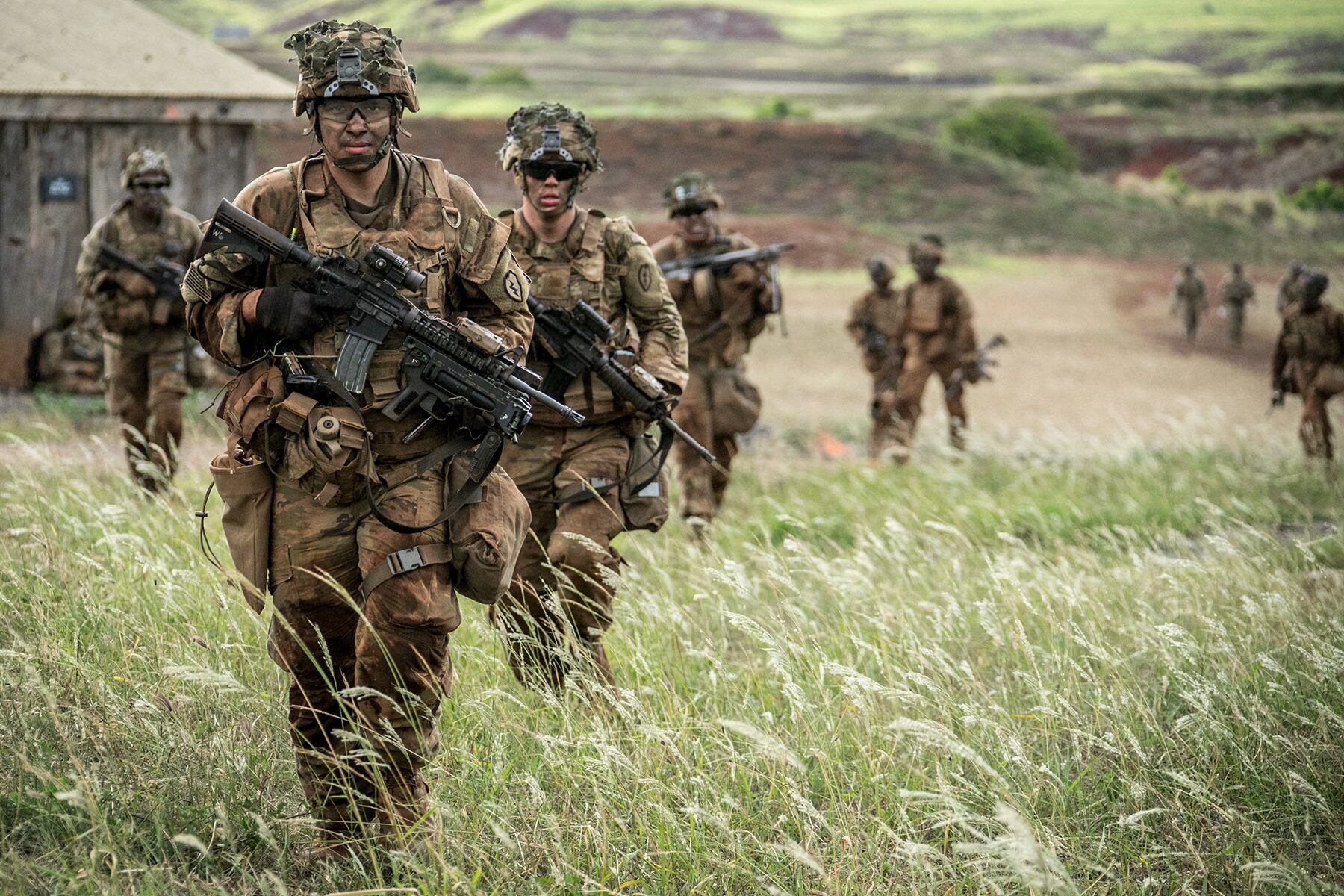
Right now, the plan to at least create a PDI appears to have important backing.
In a March 24 letter to Davidson, Rep. Adam Smith, the chairman of the House Armed Services Committee, stated that he intends “to identify funding for an Indo-Pacific Reassurance Initiative in the National Defense Authorization Act for Fiscal Year 2021.” (The EDI was initially branded the European Reassurance Initiative under the Obama administration.)
In addition, HASC ranking member Rep. Mac Thornberry, R-Tx., is “very interested in the idea” of an EDI-like fund for the Indo-Pacific region, according to a Congressional source.
Sen. Josh Hawley, R-Mo., a member of the Senate Armed Services Committee, has also been a vocal backer of the PDI idea, tweeting earlier this month that “The time for a Pacific Deterrence Initiative has come.”
“The 1253 report tells us exactly what we must do to maintain conventional deterrence against China. The Department has dragged its feet on these investments for too long," Hawley told Defense News in a statement. "It is time to establish a Pacific Deterrence Initiative so we can ensure our forces have what they need to deter Chinese aggression and maintain a free and open Indo-Pacific.”
In a statement released late Thursday, SASC chairman Sen. Jim Inhofe, R-Ok., said Davidson’s assessment “provides critical information” for Congress as it approaches the next budget. While not calling for a PDI-like investment, Inhofe said it’s now “up to Congress” to act on the information.
“I am pleased that Admiral Davidson focused much of his assessment on these critical requirements," Inhofe said. "The National Defense Strategy is about more than just how many planes, ships and tanks we buy. It’s also about making sure our forces can be in the right place, at the right time, with the right stuff.”
"Congress is fired up on this, on both sides of the aisle. They have heard INDOPACOM is a priority for years now, but the Pentagon continues to fall short on providing any real answers,” Sayers said. "Section 1253 was an expression of bipartisan frustration with the Pentagon and an effort to bypass the system to ask INDOPACOM directly what they think they need.”
EDI money is a portion of a special Pentagon account known as overseas contingency operations, which is used in the event of war. However, money from the OCO account is allocated to the services to use individually. In the case of EDI, much of the money has been tagged to the Army; with a PDI, it is possible those dollars would be more focused on Navy and Air Force needs.
Arming Guam, building relationships
The funding identified by Davidson is broken into five broad categories:
- Joint force lethality;
- Force design and posture;
- Strengthen allies and partners;
- Exercises, experimentation and innovation; and
- Logistics and security enablers.
“Ultimately, the steps we take must convince our adversaries they simply cannot achieve their objectives with force,” Davidson wrote.
“This requires fielding an integrated Joint Force with precision-strike networks, particularly land-based anti-ship and anti-air capabilities along the First Island Chain; integrated air missile defense in the Second Island Chain; and an enhanced force posture that provides for dispersal, the ability to preserve regional stability, and if needed sustain combat operations,” he added.
Joint force lethality ($5.85 billion): Included in this section is what Davidson calls “my number one unfunded priority” — a 360-degree persistent and integrated air defense capability in Guam, with a $1.67 billion cost over six years.
“America’s day begins in Guam and is not only a location we must fight from, but we must also fight for — given future threats,” Davidson wrote.
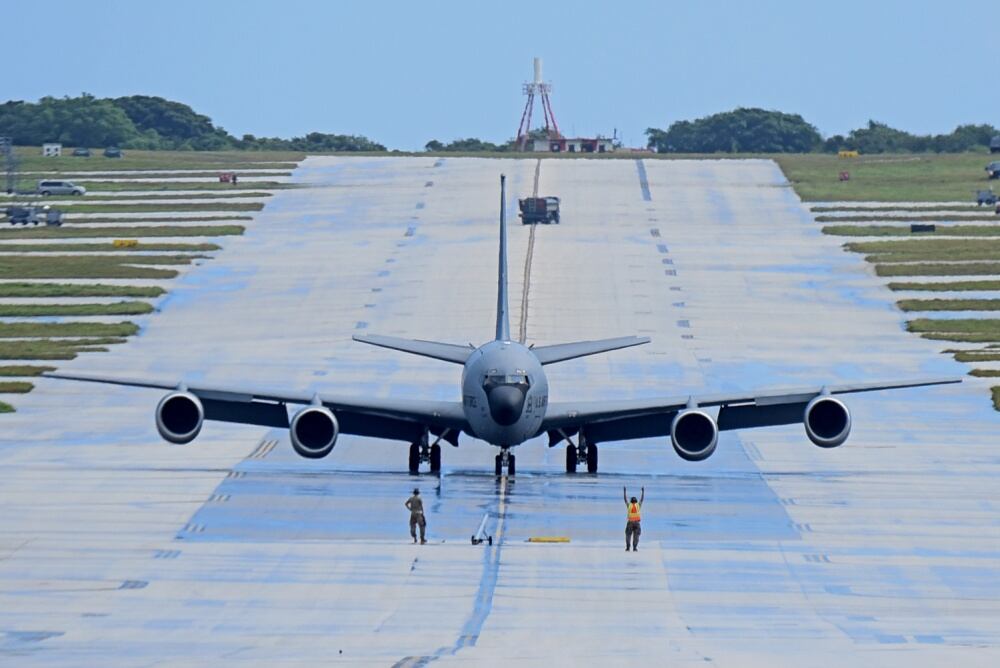
Guam aside, the section includes integration of long-range precision fires such as the Navy’s Maritime Strike Tomahawk and the Air Force’s JASSM-ER weapon ($1 billion over six years); a high-frequency radar system based in Palau to detect air and surface targets ($185 million); a homeland defense radar in Hawaii to detect ballistic, cruise and hypersonic threats ($1 billion); and a space-based persistent radar system for tracking global threats ($1.9 billion).
The latter appears to be aligned with efforts already underway inside the Pentagon, such as the large constellation of systems pursued by the Space Development Agency.
The combatant command “requires highly survivable, precision-strike networks along the First Island Chain, featuring increased quantities of allied ground-based weapons,” Davidson wrote. “These networks are operationally decentralized and geographically dispersed along the archipelagos of the Western Pacific to deter and defend, by reversing any anti-access and aerial-denial (A2/AD) capabilities intended to limit U.S. freedom of action or access to vital waterways and airspace.”
Force design and posture ($5.85 billion): This section focuses on the infrastructure investments needed to spread the U.S. military around the region, breaking the longstanding network of large, centralized bases now seen as easy targets for China’s long-distance capabilities.
“It is not strategically prudent, nor operationally viable to physically concentrate on large, close-in bases that are highly vulnerable to a potential adversary’s strike capability,” Davidson wrote. “Forward-based, rotational joint forces are the most credible way to demonstrate U.S. commitment and resolve to potential adversaries, while simultaneously assuring allies and partners.”
In the unclassified summary, details are scarce, but funding primarily focuses on dispersal and pre-positioning facilities.
Strengthen allies and partners ($384 million): Spend any time at an event about INDOPACOM and it won’t take long for someone to point out that America’s longstanding advantage in the Pacific relies on a bedrock of alliances and partnerships in the region.
“Relationships represent important components of U.S. national power beyond our nation’s economic and military strength,” Davidson wrote. “Throughout the region, discussions with foreign national leaders always lead back to the role U.S. values play in shaping global behavior. This is evident based on the network of alliances and partnerships built across the Indo-Pacific over the last 75 years.”
There are two focus areas in this section: setting up a Mission Partner Environment, which uses “cloud-based technologies, integrated systems, and secure access controls to provide assured command, control, and communications (C3),” and the creation of three fusion centers to work with allies on specific tasks, including a counterterrorism cell already in the works with Singapore and others.
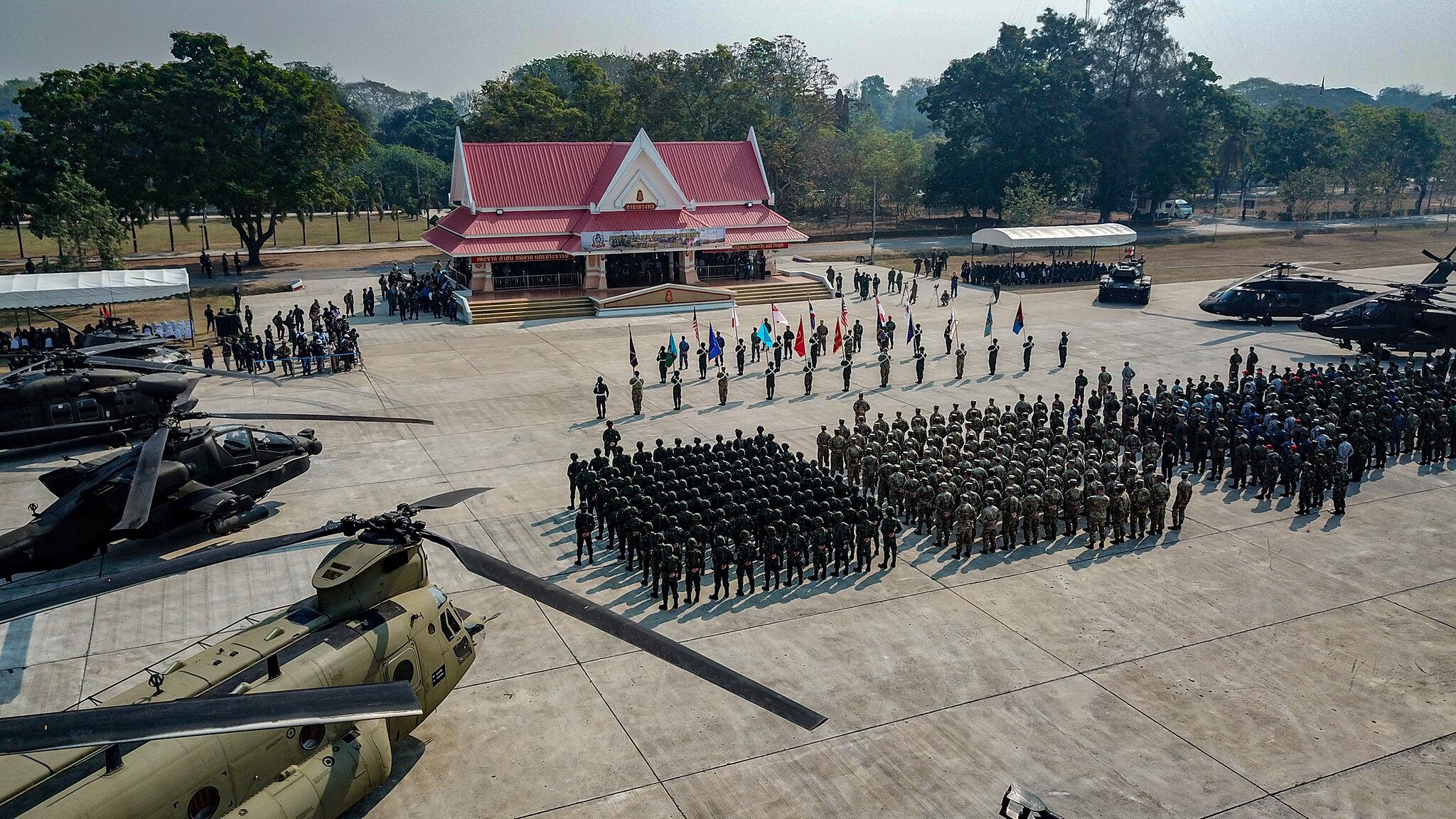
Exercises, experimentation and innovation ($2.87 billion): Essentially a pot of money to carry out major exercises across INDOPACOM and beyond, this category includes the use of test ranges in Alaska, Hawaii and California, among others.
“U.S. forces must be capable of fighting in highly contested environments against technologically advanced opponents, while also minimizing detection across domains,” Davidson wrote. “The Joint Force lacks the capacity to integrate service recommended weapons and capabilities into a warfighting concept that deters the adversary and puts us in a position to win. This challenge can only be met by conducting a series of high-end, multi-domain exercises with a continuous campaign of joint experimentation.”
Logistics and security enablers ($5.11 billion): This broad category captures everything else the command might need. Included here are logistic needs for “dispersal locations, airfield battle-damage, repair capabilities, and infrastructure for C4I, munitions generation, mobility processing, and fuel storage.”
It also includes a call to fully fund security cooperation requests under the Maritime Security Initiative, an effort launched in 2015. Fully funding those requests, Davidson claimed in his report, would “result in a 32 percent increase in theater security cooperation, forming the backbone of the ability to engage, posture, and develop partner nations.”
The document also asks that Joint Interagency Task Force West not be shut down, as it was scheduled to be in FY23. Davidson wrote that it provides access to countries without strong naval militaries.
Finally, the document requests a "restart of various counter-propaganda tools designed to target malign influence” to counter information operations in the region targeting the U.S. and its partners.
Joe Gould in Washington contributed to this report. This story was updated with quotes from Inhofe.
Aaron Mehta was deputy editor and senior Pentagon correspondent for Defense News, covering policy, strategy and acquisition at the highest levels of the Defense Department and its international partners.

